I grew up in suburban Denver, which is just about as suburban as suburbia gets. My house and all the ones around me were constructed between the 1960s and 1990s, and more developments every year were popping up in what had once been vast fields of prairie dogs and grasshoppers. It was certainly alive, but cultureless, and I tended to prefer the lush grasses and bustling wildlife of the past.
When I started thinking about college, I wasn’t sure what I was supposed to want. Small towns didn’t quite feel right to me, but the idea of going to school in an environment similar to metropolitan Denver seemed boring. A tour guide at Williams College told me I should want a small town because it was unlikely I’d ever get the same opportunity to live in one again. So, I set myself on somewhere small. Lewiston more or less fit the bill, but I was skeptical about it when I visited. My parents’ longtime grad school friend, Joe Hall, teaches at Bates and was the first person to teach me anything about Lewiston.
The first thing that struck me as an out-of-towner learning about Lewiston was the large immigrant population. Immediately, upon hearing that the population was largely Somali, I realized that anything I’d heard about Lewiston being unsafe was likely rooted in some racism. Often, neighborhoods and cities with a high immigrant population or percentage of people of color can receive stereotypes of a lack of safety or undesirableness – think of how we discuss cities like Chicago. I’m personally familiar with this, coming from a city like Denver, where the complex segregationist history shows up in today’s neighborhood demographics – when someone tells you a place is unilaterally “unsafe,” it’s always smart to see if there’s an underlying reason why they’re saying that, whether they realize it or not. But I’m also not from an area with very many African immigrants at all, and I was fascinated by the opportunity to learn from a new culture and identity so close to where I was living. In my Education FYS with Professor Mara Tieken, I’ve now learned more about what this actually means.
Starting in the 1950s, Lewiston’s mill-industry spine began to decline. By the 1990s, these mills were all but gone, leaving a shell of a city deprived of its primary economy. But in 2001, Somali immigrants began to arrive – and as the first few families found a city with low housing costs and fairly quiet streets, they encouraged more and more relatives and friends to join them. Eventually, the Somali population grew, and other African and Middle Eastern immigrants followed. Schools have had to adapt fairly quickly to a larger English Language Learning population, and have even added Somali as a language option at the high school level, according to a student I spoke to at Tree Street Youth. And, in fact, the crime rate has gone down with the growing immigrant population. Lewiston is on the rise and the economy is growing; there are regular Greek Festivals, farmers’ markets, and historical exhibits; walking around downtown on a weekend afternoon doesn’t feel like a ghost town. But these are not things that most outsiders, especially Bates students, know coming into Lewiston.
It’s easy to assume that Lewiston is broken down or unsafe, that it’s dying and dysfunctional. As a formerly industrial city, Lewiston’s history shows up in a legacy of poverty, polluted waterways, and abandoned storefronts. A friend of mine’s brother lived in Lewiston to play hockey, and she told me how when she visited, it always felt like nothing was going on. Her brother hated Lewiston, she said, and she was skeptical of my decision to live there. Visiting Lewiston twice in March did not give me much of a different impression than that, but speaking with Joe did help me understand that the people who live here are not one-sided and “boring.” There is stuff happening in Lewiston, you just have to walk into what looks like an abandoned mill and realize there’s a pub in there, or read an issue of the Sun Journal and find meaningful work that’s being done to unite the populations of Somali immigrants and elderly white Mainers, despite dramatic demographic differences.
Now, as a first-year attempting to find her place among the more settled, older students, and a community I have yet to learn everything about, I’m doing my best not to make assumptions. I’ve learned from walking 20 minutes from my dorm to downtown to get a bagel at Forage Market that Lewiston doesn’t often feel unsafe, and from the students where I volunteer at Tree Street Youth that the people here are full of unique backgrounds and cultures. Unequivocally, I’ve learned to dig deeper into the community that surrounds me – to not take it as it first appears.


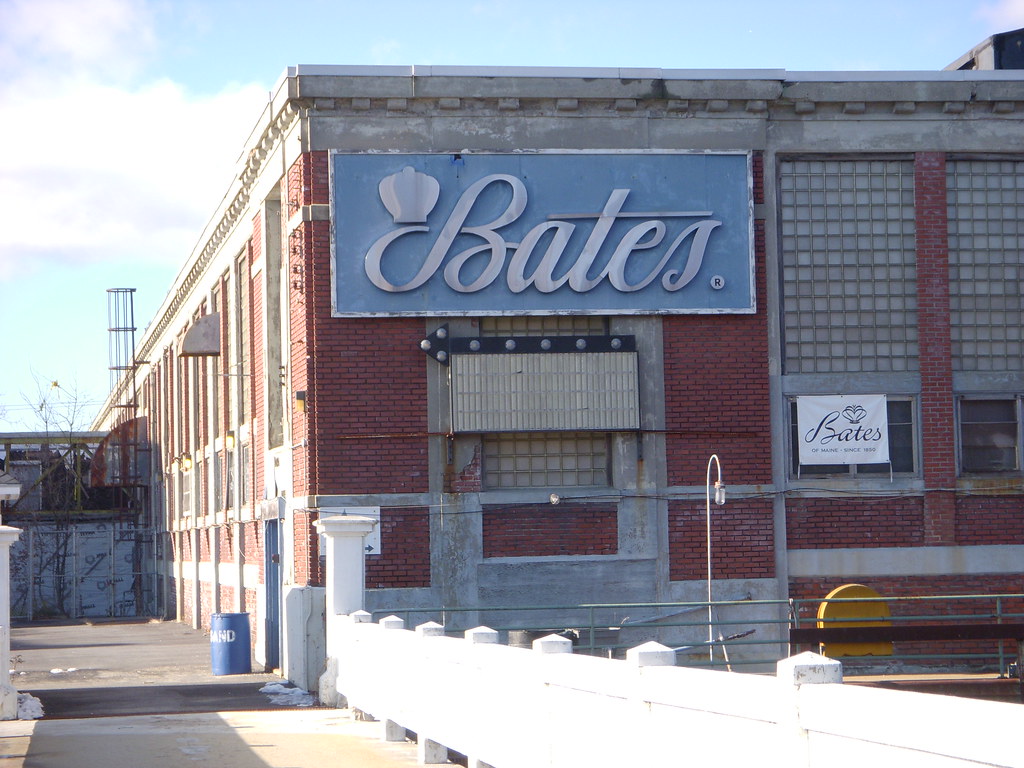
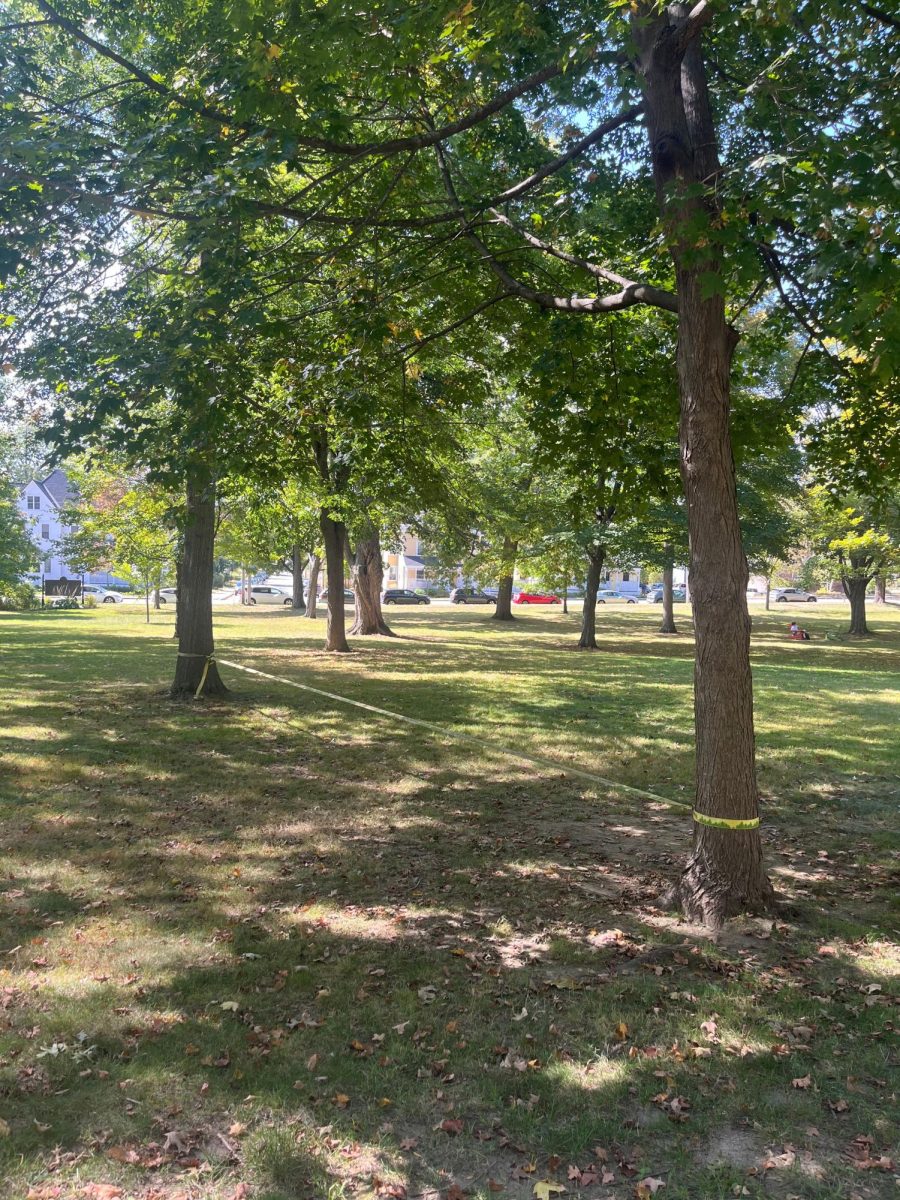

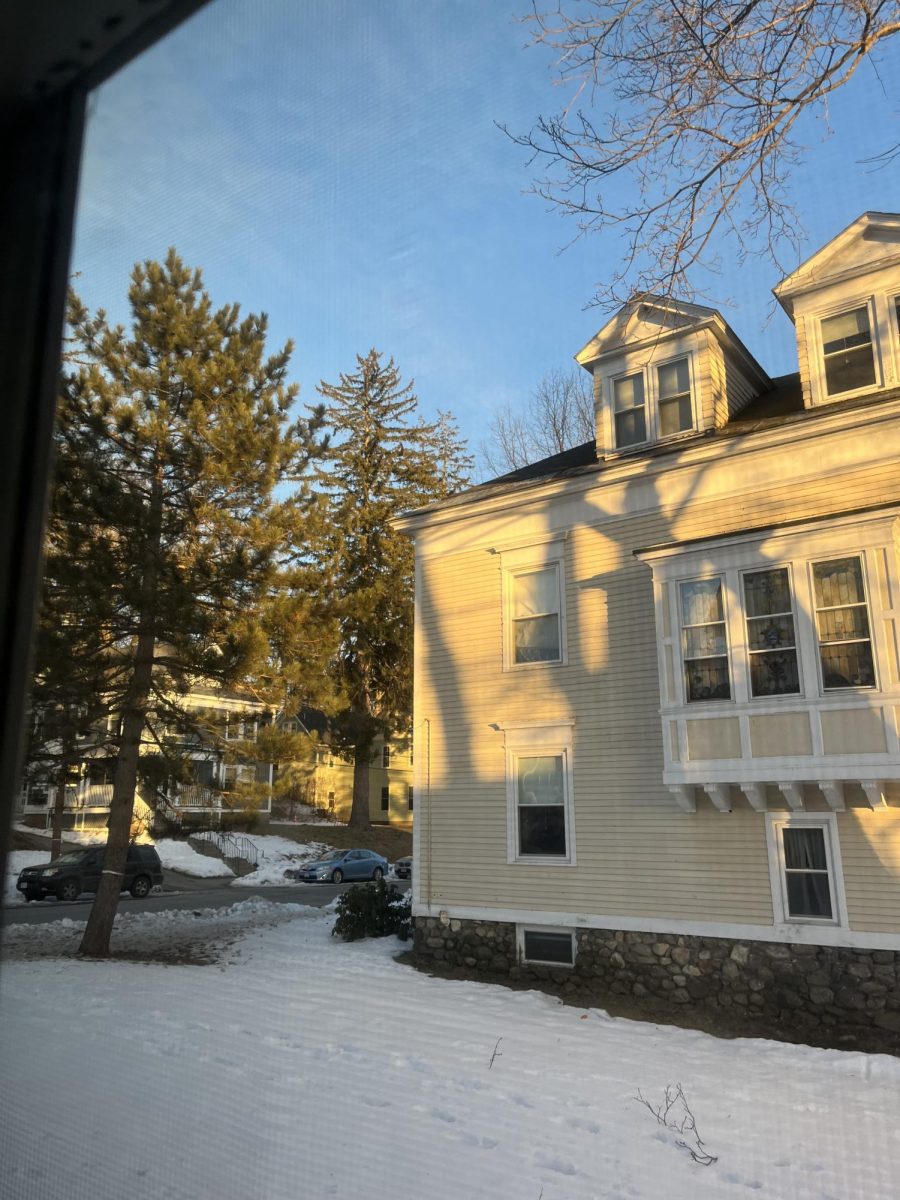
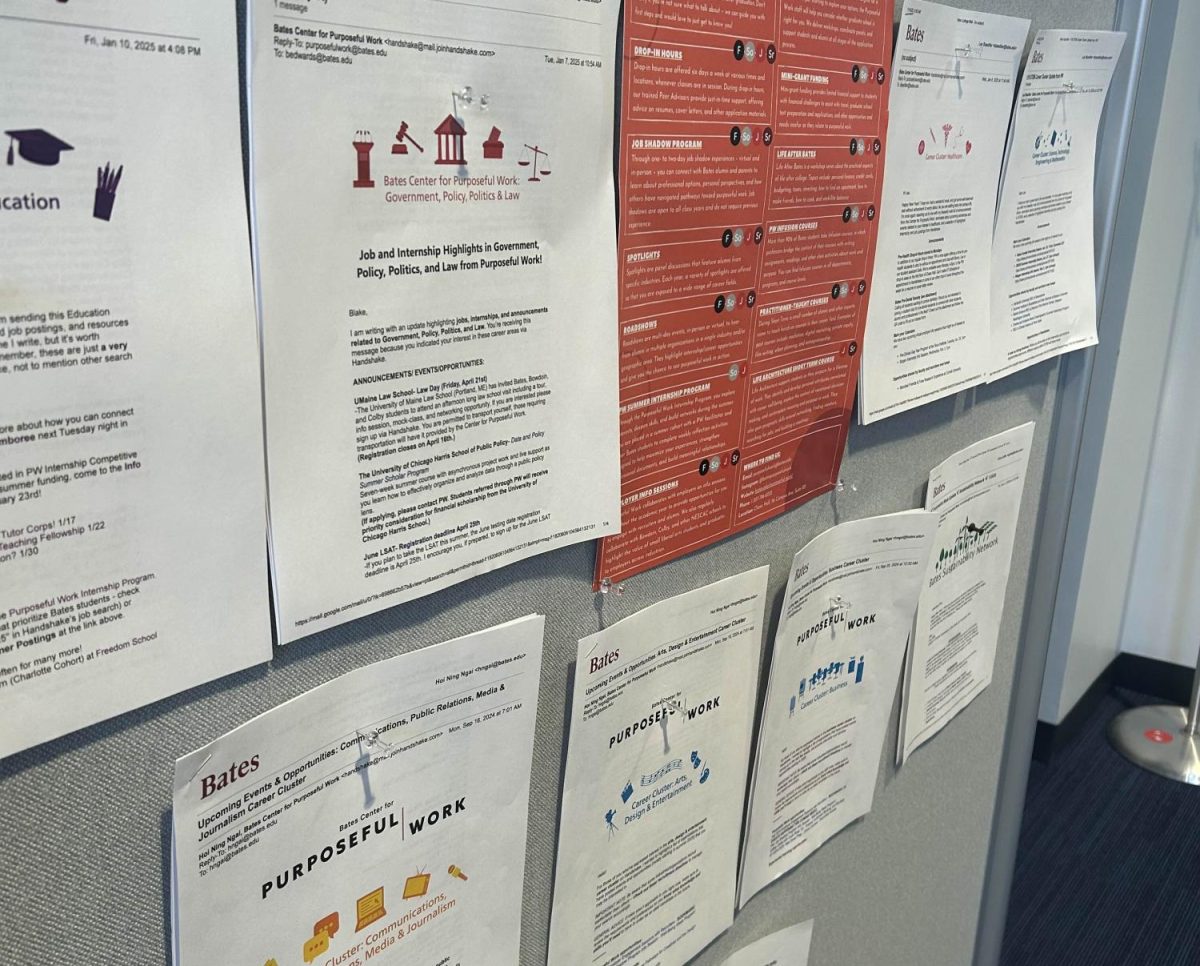
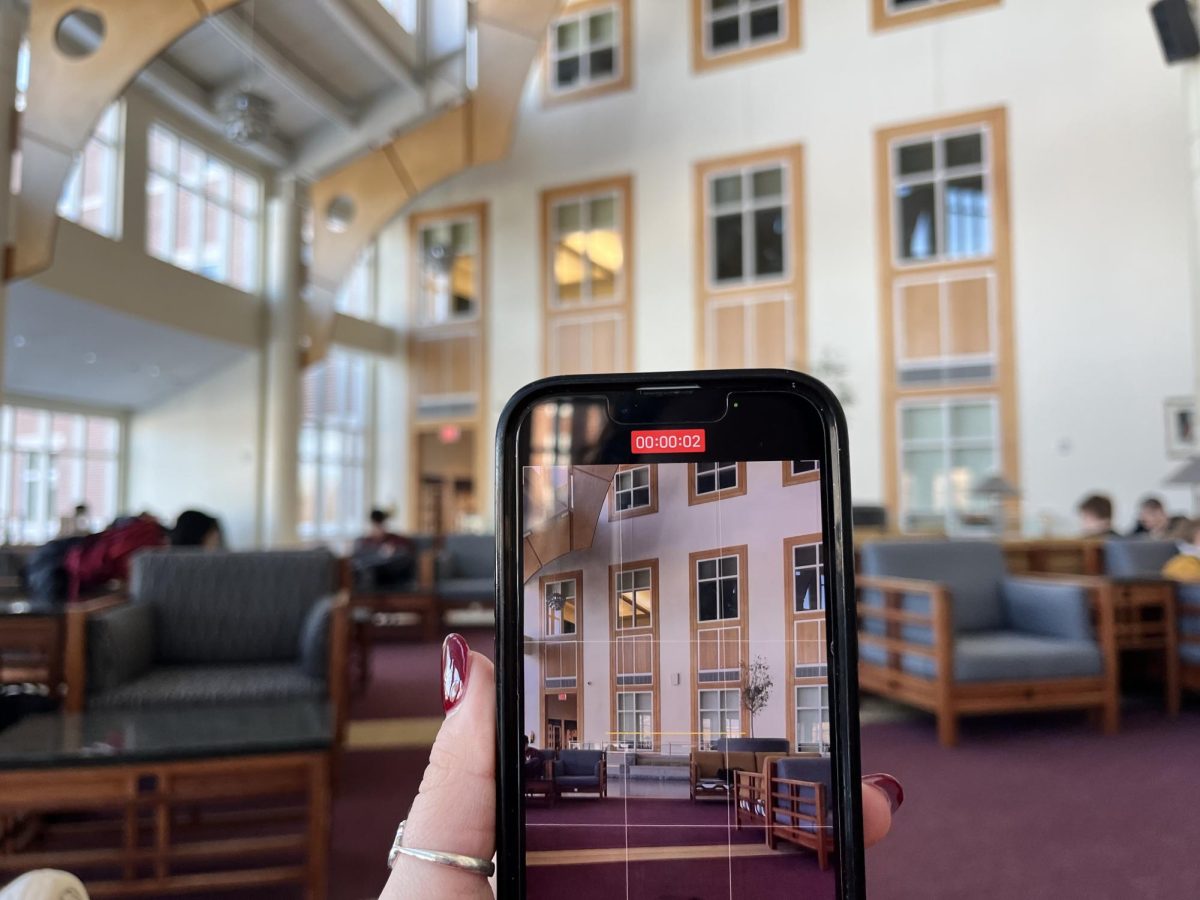

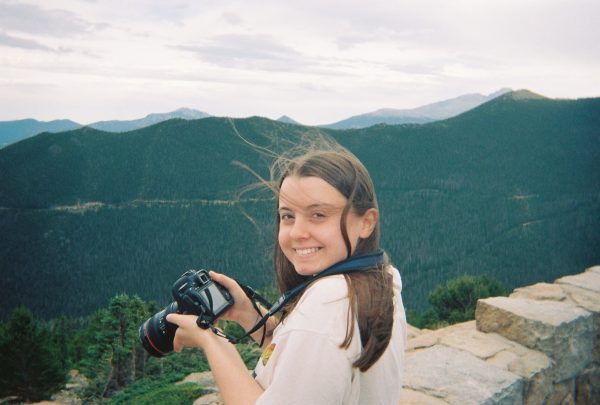
Daphne Comeau • Nov 16, 2023 at 11:37 AM
As someone who was born in Lewiston, and has worked and lived in this community my entire life, I want to thank you for putting into words what so many of us have always known: our hometown has much to be proud of. In the wake of the recent tragedy, it would be all the more easy to accept the insinuation that Lewiston is not safe. Your deeper assessment reveals the truth, which isn’t often easy. I have many childhood friends who have left for school and early careers and returned to live here. We have raised our children here, and taught them to be proud of our community, of our immigrant roots, and of the new Mainers who have sought refuge and settled here recently from far away places like Africa, Afghanistan, and Ukraine. We recognize that the prejudice that impacted our Franco ancestors has now fallen to the newest immigrant community, with the added sting of racism. We know we have work to do. And we will do it in the safety of this small city we have always called Home. Thank you for coming here, and thank you for seeing us.